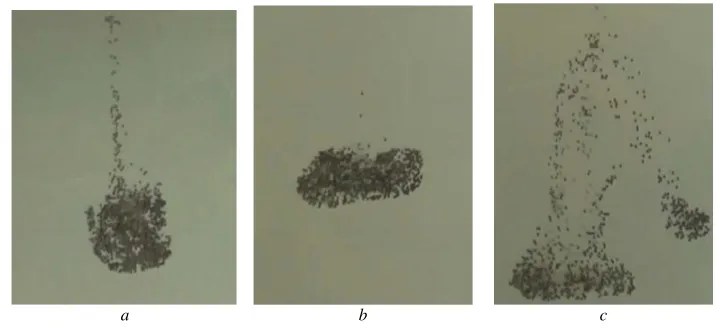Gravitational sedimentation of cloud of solid spherical particles at small Reynolds numbers
Full text
Figure



Related documents
This study aims to test whether the liquidity proxied by Current Ratio (CR) has an effect on the dividend policy of manufacturing sector of consumer goods sector
There is many Antiplatelet aggregation and Thrombolytic medicine in siddha, yet there is no proper scientifical evaluation or an attempt to establish cheenalinga
The provided information concerning payments to other health suppliers (exclusive nurses, private physical therapists, private ambulances) during hospitalization, was
Хат уу буудай нъ ТгШсит ёигит зүйлд хамаарагддаг нэг настай ихэечлэн зусах хэлбэртэй үет ургамал бөгөөд уураг ихтэй, шилэрхэг үртэй, натур жин их байдгаараа
An attempt has therefore been made to collect and document the folk knowledge from tribals, local herbal healers and knowledgeable elder people of different castes and
Figure 6 below shows the graph for different values of network loss v/s the simulation run-time keeping the total number of nodes fixed at 3000..
The highest concentration of taurine we used is on the low end of the GABA receptor activation but based on the saturating concentration from whole-cell recording (Fig.
Among the health professionals, 15% thought that women generally accepted current uncertainty about the nature and treatment of breast cancer when they were informed; 25%